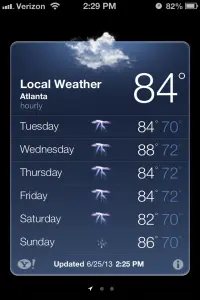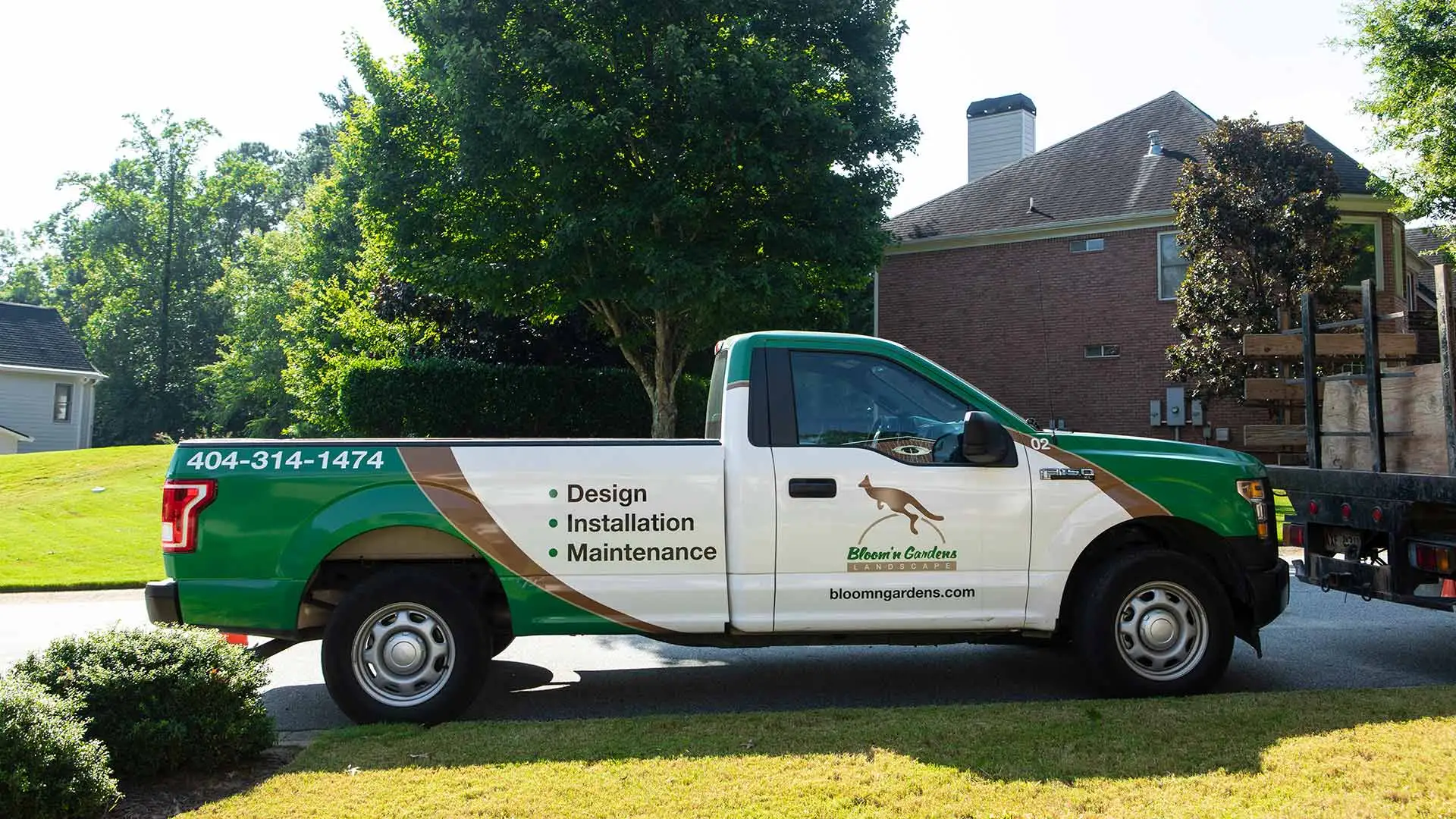 Georgia residents and homeowners are used to a rainy season in late April and humid, dry summers. This year, the weather has chosen to be a bit more surprising, with rain having a constant hold on the forecast. While rain has it’s place in your garden and landscape, too much of a good thing can cause problems. Do you know how to deal with the various issues from an over-watered lawn?
Georgia residents and homeowners are used to a rainy season in late April and humid, dry summers. This year, the weather has chosen to be a bit more surprising, with rain having a constant hold on the forecast. While rain has it’s place in your garden and landscape, too much of a good thing can cause problems. Do you know how to deal with the various issues from an over-watered lawn?
Over watering problem 1: Root rot
Root rot is a very real risk for your plants and your trees during the Georgia rainy season and throughout heavy periods of rain. Roots are essential for plants to “breathe;” when over-watered or dealing with too much rain, the roots can start to drown, and end up rotting. Watch for signs of moist soil to help keep your plants and trees from experiencing root rot; the sudden appearance of mushrooms is a great indicator of over-saturated soil. Help plants dry out by moving potted plants to a dry place. For trees and planted varieties, the best bet is prevention. Carefully choose your plants’ locations throughout your yard; fertilize them to keep them as healthy as possible so that they’re more capable of fending off root rot should the rain continue to pour down.
Over watering problem 2: Brown Patch and Zoysia Patch
If you’ve noticed large places of brown, sad looking grass in your lawn, your lawn may be the victim of “Brown Patch.” Brown Patch is a lawn disease that attacks fescue lawns and other cold-weather lawns in the summer. The humidity and heat that comes with a rainy Georgia summer perfectly primes your lawn to grow the fungus Rhizoctonia, the cause of Brown Patch. Warm-weather lawns can also experience a similar disease this time of year called Zoysia Patch.
While there is no cure for these lawn diseases, your lawn can be treated chemically to help stop or slow the development of Brown Patch or Zoysia Patch.
With a little bit of prevention, you can help keep your lawn from suffering from the constant downpour.
Other landscape issues to look for after rain
 With the rain we’ve been getting in from Mableton to Serenbe and beyond we’ve also had some intense storms and winds. Be mindful of the trees in your landscape and look for storm damage after an intense night of thunder and lightning. If your trees are showing signs of damage, contact us for an assessment; you may need to have your trees trimmed or stabilized to prevent future damage to the tree or your home.
With the rain we’ve been getting in from Mableton to Serenbe and beyond we’ve also had some intense storms and winds. Be mindful of the trees in your landscape and look for storm damage after an intense night of thunder and lightning. If your trees are showing signs of damage, contact us for an assessment; you may need to have your trees trimmed or stabilized to prevent future damage to the tree or your home.



Comments (0)
Thanks for your comment!
Thanks for your feedback! Your comments have been successfully submitted! Please note, all comments require admin approval prior to display.
Error submitting comment!
There is a problem with your comment, please see below and try again.